 This is a well-deserved and expanded vinyl reissue of the absolutely stellar My Body is A Dying Machine EP, which Justin Broadrick quietly released in digital-only format back in 2010. So quietly, in fact, that I completely missed it the first time around.  As with most expanded releases, the added material in this case is not exactly crucial, as most of the best songs were already on the original EP.  It is quite good though and the appeal of Black Dollars does not lie so much in its enhancements as it does in the fact that Downwards have resurrected some prime Broadrick material that snuck by most casual fans.  Stylistically, Black Dollars is very much in the "instrumental version of Jesu" vein, capturing Broadrick at his shoegaze-mode zenith.
This is a well-deserved and expanded vinyl reissue of the absolutely stellar My Body is A Dying Machine EP, which Justin Broadrick quietly released in digital-only format back in 2010. So quietly, in fact, that I completely missed it the first time around.  As with most expanded releases, the added material in this case is not exactly crucial, as most of the best songs were already on the original EP.  It is quite good though and the appeal of Black Dollars does not lie so much in its enhancements as it does in the fact that Downwards have resurrected some prime Broadrick material that snuck by most casual fans.  Stylistically, Black Dollars is very much in the "instrumental version of Jesu" vein, capturing Broadrick at his shoegaze-mode zenith.
Two new shows just for you. We have squeezed out two extended release episodes for this weekend to get you through this week. They contain mostly new songs but there's also new issues from the vaults. The first show features music from Rider/Horse, Mint Field, Robert Aiki Aubrey Lowe, Anastasia Coope, ISAN, Stone Music, La Securite, Bark Psychosis, Jon Rose, Master Wilburn Burchette, Umberto, Wand, Tim Koh, Sun An, and Memory Drawings. The second episode has music by Laibach, Melt-Banana, Chuck Johnson, X, K. Yoshimatsu, Dorothy Carter, Pavel Milyakov, Violence Gratuite, Mark Templeton, Dummy, Endon, body / negative, Midwife, Alberto Boccardi, Divine. Cow in Maui from Veronika in Vienna. Get involved: subscribe, review, rate, share with your friends, send images! |



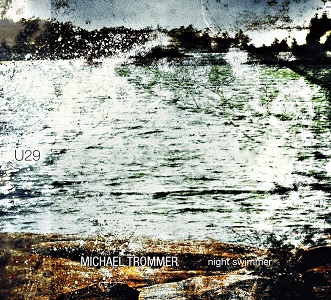 Like photographs, field recordings suggest unaltered reality. Suggests, not captures, because as in photography, there are artists who use field recordings for more than reproducing objective phenomena, if objectivity is even possible in the first place. Whether there’s an answer to that question, it at least points in the direction of impressionism and perspective, not just in visual productions, but in audible ones too. Whatever the medium, the artist brings more than a machine or a technique to the proceedings. Keeping with the comparison to photography, decisions about where to shoot and at what time, about exposure, and about dodging and burning all have parallels in field recording. They’re imprecise parallels, but they are clearly illustrated in the abstract shapes and bruised-blue colors of Michael Trommer’s Night Swimmer.
Like photographs, field recordings suggest unaltered reality. Suggests, not captures, because as in photography, there are artists who use field recordings for more than reproducing objective phenomena, if objectivity is even possible in the first place. Whether there’s an answer to that question, it at least points in the direction of impressionism and perspective, not just in visual productions, but in audible ones too. Whatever the medium, the artist brings more than a machine or a technique to the proceedings. Keeping with the comparison to photography, decisions about where to shoot and at what time, about exposure, and about dodging and burning all have parallels in field recording. They’re imprecise parallels, but they are clearly illustrated in the abstract shapes and bruised-blue colors of Michael Trommer’s Night Swimmer.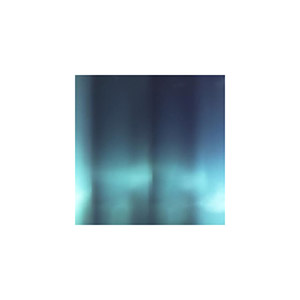 Quietly released between two major Mamiffer releases: last year's Crater with Daniel Menche and the upcoming The World Unseen, this limited cassette solo release from Faith Coloccia, under the name of Mára hopefully will not get lost in the shuffle. Surfacing is a sparse, intimate tape that showcases some of her contributions to the more dramatic Mamiffer sound and deserves just as many accolades as her better known "primary" project.
Quietly released between two major Mamiffer releases: last year's Crater with Daniel Menche and the upcoming The World Unseen, this limited cassette solo release from Faith Coloccia, under the name of Mára hopefully will not get lost in the shuffle. Surfacing is a sparse, intimate tape that showcases some of her contributions to the more dramatic Mamiffer sound and deserves just as many accolades as her better known "primary" project.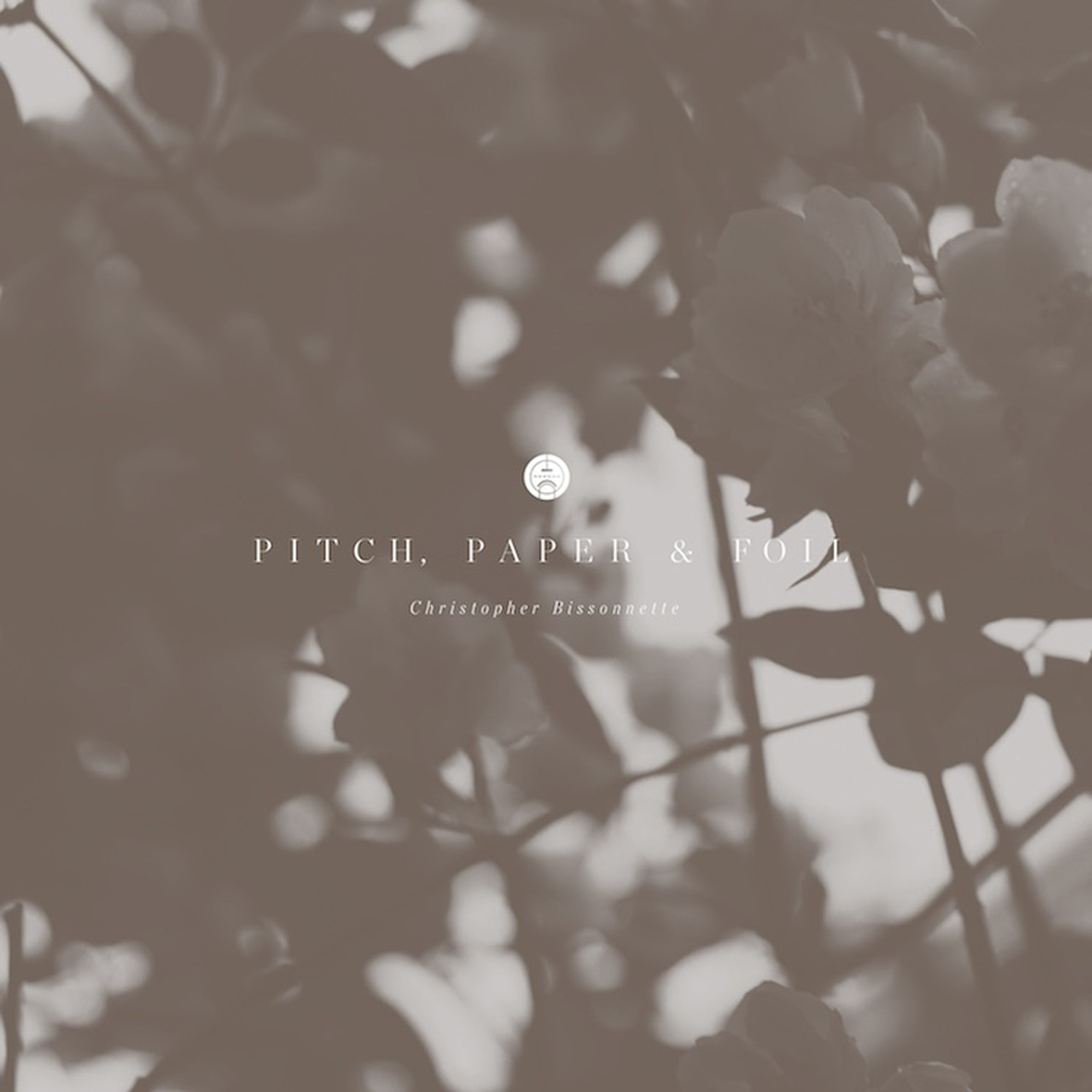 It occurred to me today that modular synthesizer albums are a lot like rodeos: it is immediately clear which cowboys are bad at riding broncos and which ones are good, but it is very rare for any of their individual personalities to come through while they are trying not to get bucked.  Despite only recently taking the plunge into modular synthesizer-centric composition with 2014’s Essays in Idleness, Bissonnette is one of the few artists able to transcend the limitations of that analogy.  While Pitch, Paper & Foil is not necessarily one of the best Christopher Bissonnette albums, it does boast a few of his best pieces and there is no question that this is a fruitful direction.  More importantly, Pitch still sounds unmistakably like Christopher Bissonnette, proving that the entropy of electronics is no match for Bissonnette's rigorous focus and control.
It occurred to me today that modular synthesizer albums are a lot like rodeos: it is immediately clear which cowboys are bad at riding broncos and which ones are good, but it is very rare for any of their individual personalities to come through while they are trying not to get bucked.  Despite only recently taking the plunge into modular synthesizer-centric composition with 2014’s Essays in Idleness, Bissonnette is one of the few artists able to transcend the limitations of that analogy.  While Pitch, Paper & Foil is not necessarily one of the best Christopher Bissonnette albums, it does boast a few of his best pieces and there is no question that this is a fruitful direction.  More importantly, Pitch still sounds unmistakably like Christopher Bissonnette, proving that the entropy of electronics is no match for Bissonnette's rigorous focus and control.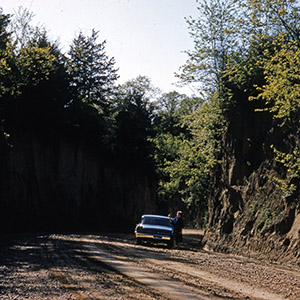 In many ways, these two recent albums (one physical, one digital only) are the quintessential works from Will Long’s Celer guise. Both Akagi and Soryu are expansive, lengthy single piece works that at times are so hushed and delicate to almost be imperceptible, yet they remain compelling and beautiful from beginning to end.
In many ways, these two recent albums (one physical, one digital only) are the quintessential works from Will Long’s Celer guise. Both Akagi and Soryu are expansive, lengthy single piece works that at times are so hushed and delicate to almost be imperceptible, yet they remain compelling and beautiful from beginning to end.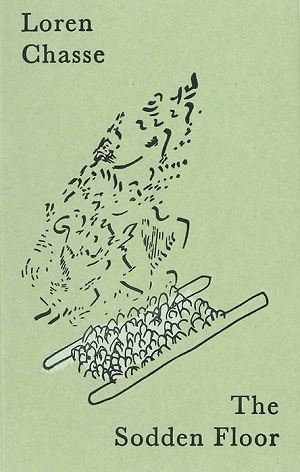 Presence and absence is a musically black and white affair. Either an instrument is present or it isn’t. A sound is buried in the mix or it’s up front and unavoidable. A recording can be clear or murky, not both, and though there are degrees of difference, those degrees exist exclusively on the presence side of the scale. The Sodden Floor, released last year by Loren Chasse in an edition of 100 cassettes, introduces shades of grey to that dichotomy. Over four songs, Chasse combines vaporous field recordings—of pipes, running water, stones, and humming glass—with abstract and sometimes eerie instrumental performances, on bells, drums, guitar, and melodeon. The low-key, atmospheric result is like listening to someone else’s dream. There’s heat and texture to the sights and sounds, but they are implied more than felt, veiled and kept out of reach behind layers of steam and oxidized memories.
Presence and absence is a musically black and white affair. Either an instrument is present or it isn’t. A sound is buried in the mix or it’s up front and unavoidable. A recording can be clear or murky, not both, and though there are degrees of difference, those degrees exist exclusively on the presence side of the scale. The Sodden Floor, released last year by Loren Chasse in an edition of 100 cassettes, introduces shades of grey to that dichotomy. Over four songs, Chasse combines vaporous field recordings—of pipes, running water, stones, and humming glass—with abstract and sometimes eerie instrumental performances, on bells, drums, guitar, and melodeon. The low-key, atmospheric result is like listening to someone else’s dream. There’s heat and texture to the sights and sounds, but they are implied more than felt, veiled and kept out of reach behind layers of steam and oxidized memories.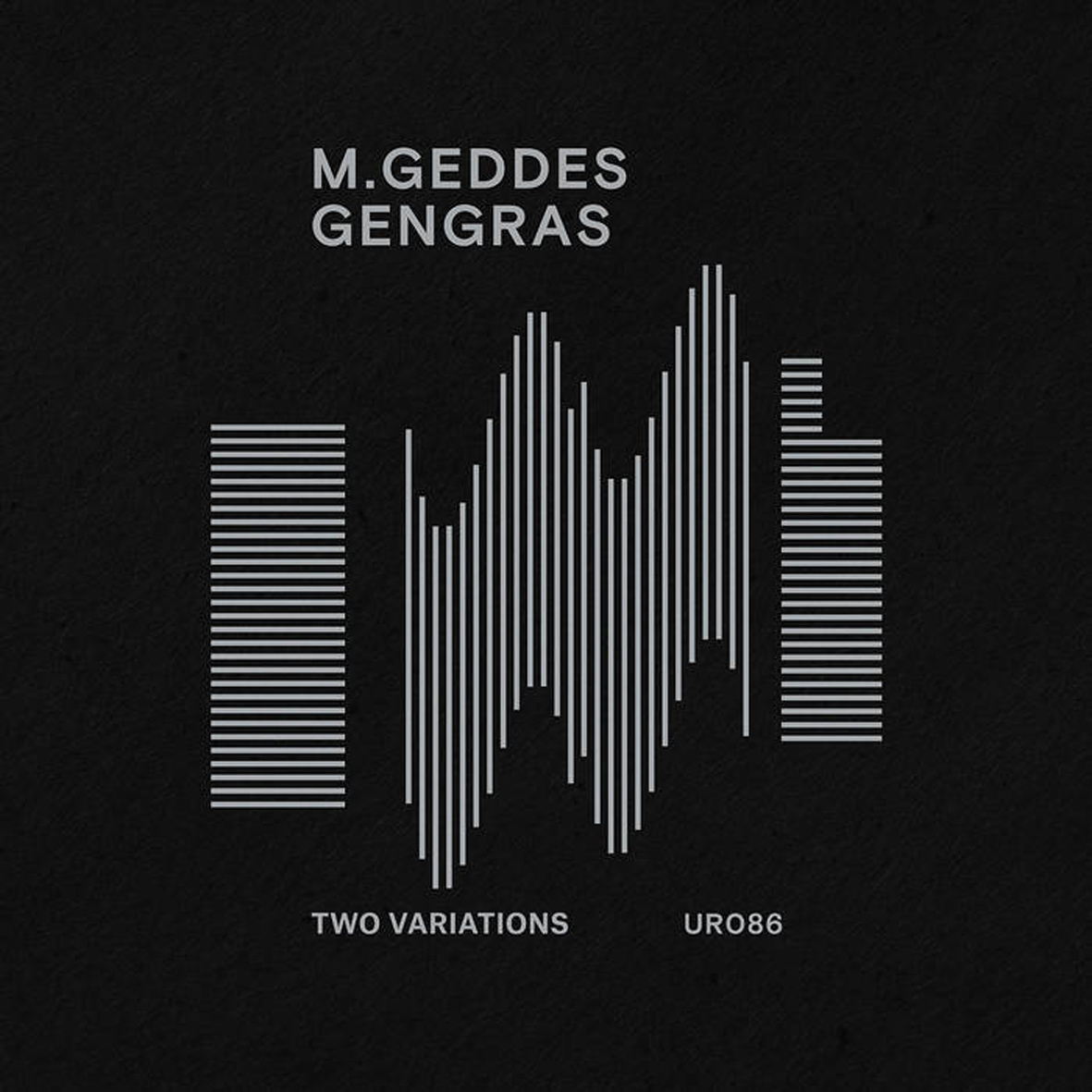 This latest release from LA's resident modular synth wizard continues Gengras's tradition of endless reinvention coupled with no small degree of tech-obsession.  Two Variations documents what are essentially three(!) variations of an elaborate and complex new patch that Gengras self-described as "two pairs of marimba mallets attached to a pair of dice."  While that might adequately summarize both the process and the degree of randomness involved, Two Variations still basically sounds exactly like a modular synthesizer album, albeit quite an inspired one, as these two extended pieces lie somewhere between sublime analog burbling and the antics of an especially unpredictable woodpecker.  Unfortunately, while the material is some of the strongest that Gengras has recorded in a while, Two Variations still feels more like a promising series of raw experiments than a definitive, perfected work in this new vein.
This latest release from LA's resident modular synth wizard continues Gengras's tradition of endless reinvention coupled with no small degree of tech-obsession.  Two Variations documents what are essentially three(!) variations of an elaborate and complex new patch that Gengras self-described as "two pairs of marimba mallets attached to a pair of dice."  While that might adequately summarize both the process and the degree of randomness involved, Two Variations still basically sounds exactly like a modular synthesizer album, albeit quite an inspired one, as these two extended pieces lie somewhere between sublime analog burbling and the antics of an especially unpredictable woodpecker.  Unfortunately, while the material is some of the strongest that Gengras has recorded in a while, Two Variations still feels more like a promising series of raw experiments than a definitive, perfected work in this new vein.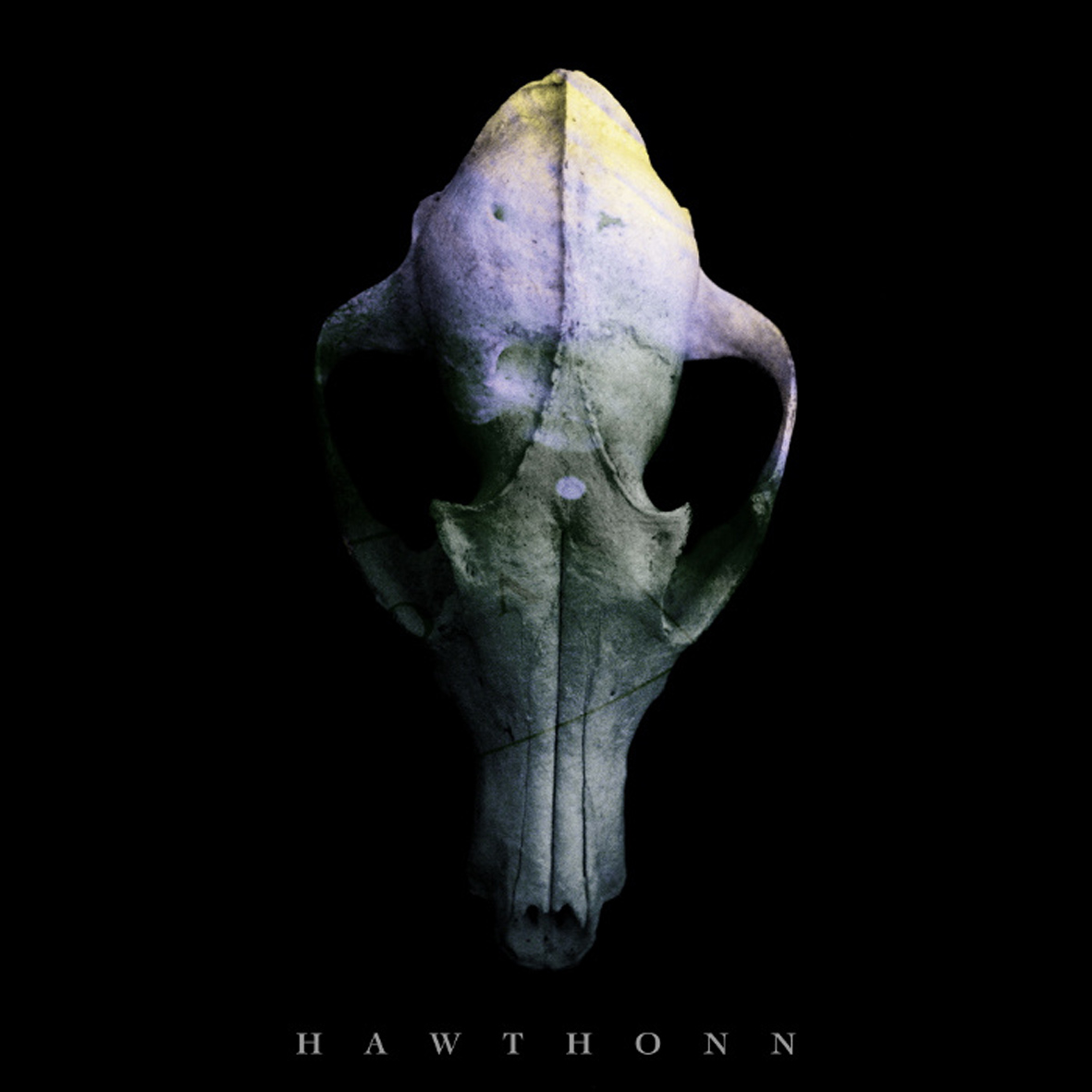 One of downsides to living in the United States is that it is hard to keep up with all of the great limited-release or self-released albums that are continually emerging from the fringes of the UK’s experimental music underground.  While it is not terribly difficult to keep tabs on more established artists like Cyclobe, Nurse With Wound, Richard Skelton, or Current 93, it is very easy for an artist like, say, Áine O'Dwyer to remain under my radar for far longer than I would have liked.  Yet another fine example is this deeply inspired and beautiful homage to Jhonn Balance from early last year recorded by Phil Legard (Ashtray Navigations, Xenis Emputae Travelling Band) and his wife Layla.  While it predictably has some Coil-esque attributes (subtly hallucinatory electronics, a healthy interest in paganism), the Legards admirably transcend those nods by mingling them with their own passions for traditional/early music, yielding a unique strain of ritualistic-sounding rural psychedelia (and one of 2015's most slept-on great albums).
One of downsides to living in the United States is that it is hard to keep up with all of the great limited-release or self-released albums that are continually emerging from the fringes of the UK’s experimental music underground.  While it is not terribly difficult to keep tabs on more established artists like Cyclobe, Nurse With Wound, Richard Skelton, or Current 93, it is very easy for an artist like, say, Áine O'Dwyer to remain under my radar for far longer than I would have liked.  Yet another fine example is this deeply inspired and beautiful homage to Jhonn Balance from early last year recorded by Phil Legard (Ashtray Navigations, Xenis Emputae Travelling Band) and his wife Layla.  While it predictably has some Coil-esque attributes (subtly hallucinatory electronics, a healthy interest in paganism), the Legards admirably transcend those nods by mingling them with their own passions for traditional/early music, yielding a unique strain of ritualistic-sounding rural psychedelia (and one of 2015's most slept-on great albums).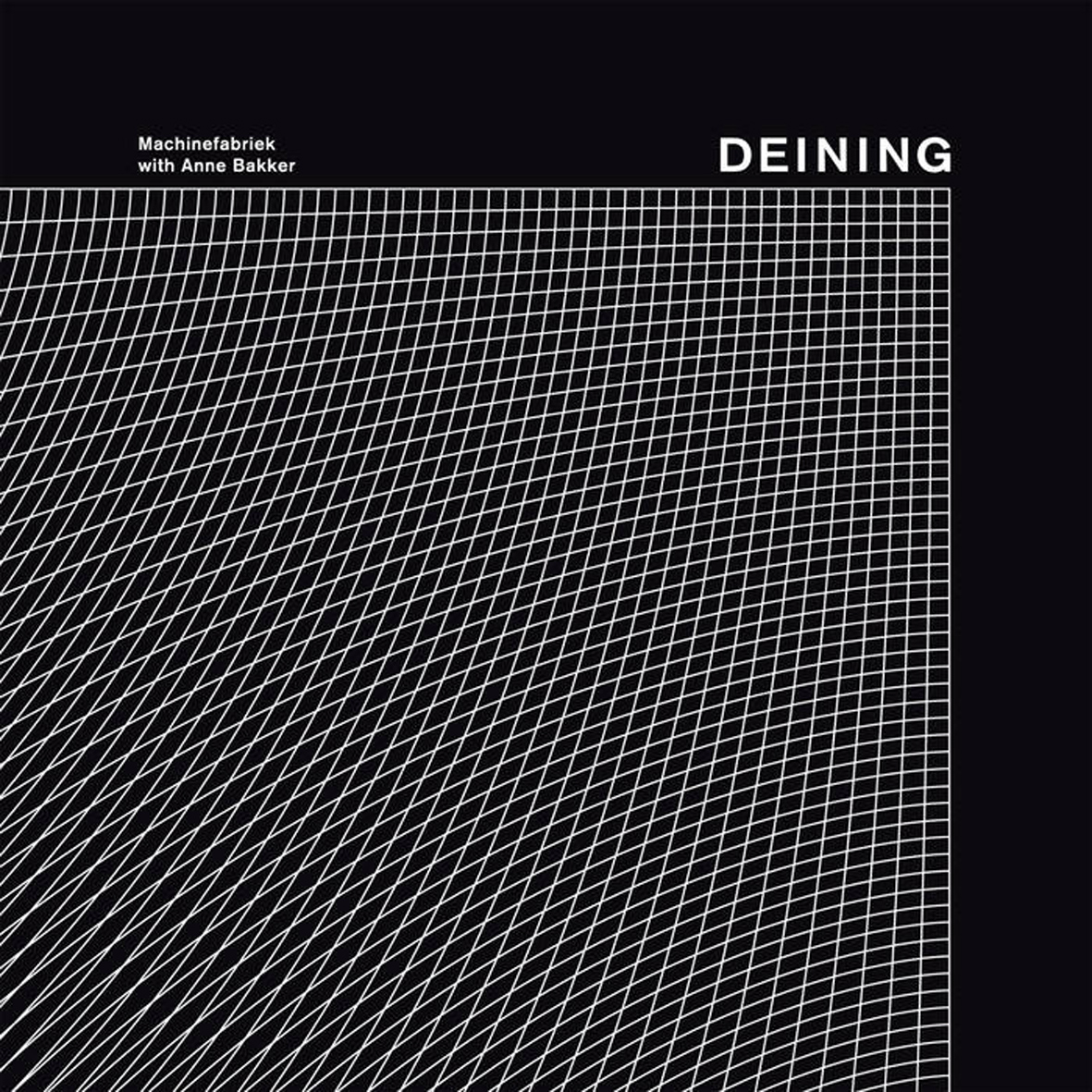 This collaborative EP with violinist Anne Bakker is a unique entry in Rutger Zuyderveldt’s vast discography, as it is a 26-minute tour de force of nerve-jangling tension and sliding dissonance.  Deining (translating as "heave" or "commotion") definitely falls quite unambiguously and unapologetically into the "this is art, not entertainment" category.  That probably will make it a hard sell for most people (Rutger himself understatedly observed that the piece is "a tad bitter"), but it is nevertheless quite a fascinating piece for those of us with an appreciation (and high tolerance) for shifting, uncomfortably close harmonies (there are a lot of those here).  Also, it is very hard not to admire the beautiful symmetry and simplicity of this uncompromising experiment.
This collaborative EP with violinist Anne Bakker is a unique entry in Rutger Zuyderveldt’s vast discography, as it is a 26-minute tour de force of nerve-jangling tension and sliding dissonance.  Deining (translating as "heave" or "commotion") definitely falls quite unambiguously and unapologetically into the "this is art, not entertainment" category.  That probably will make it a hard sell for most people (Rutger himself understatedly observed that the piece is "a tad bitter"), but it is nevertheless quite a fascinating piece for those of us with an appreciation (and high tolerance) for shifting, uncomfortably close harmonies (there are a lot of those here).  Also, it is very hard not to admire the beautiful symmetry and simplicity of this uncompromising experiment. Perpetual frontrunners Natural Snow Buildings and My Cat is an Alien aside, the single most unique and transcendental album of 2015 was this full-length debut from Würzburg-based experimental folk duo Brannten Schn
Perpetual frontrunners Natural Snow Buildings and My Cat is an Alien aside, the single most unique and transcendental album of 2015 was this full-length debut from Würzburg-based experimental folk duo Brannten Schn
